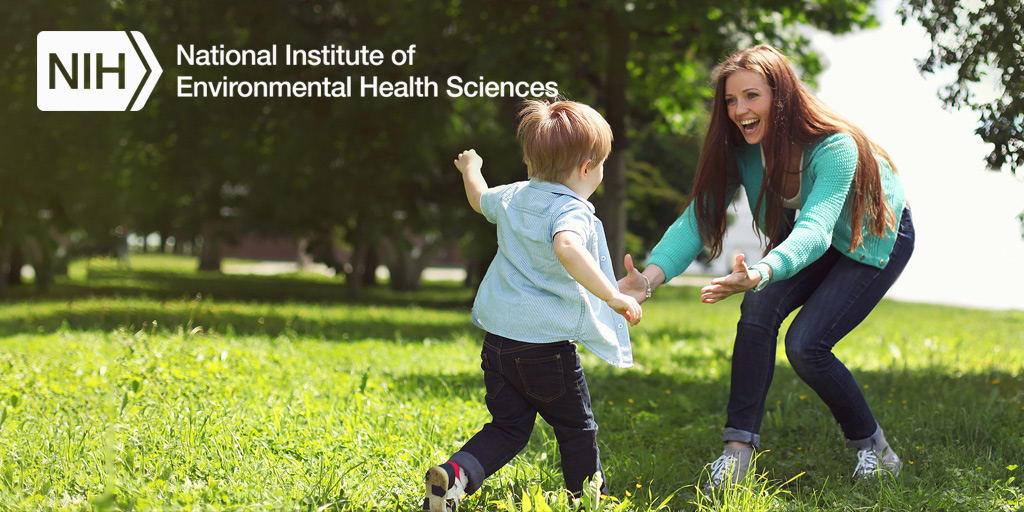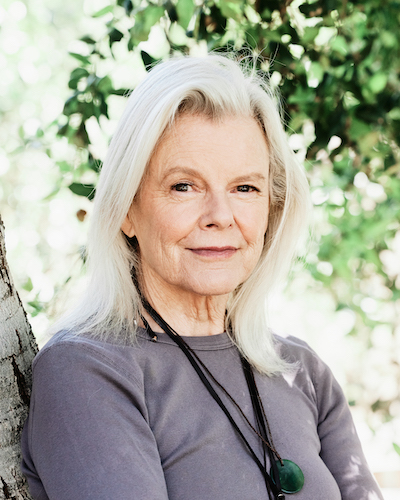Report on Conservation Efforts at Indian Lake Wildlife Management Area
Introduction
On June 26, 2025, over 100 residents, conservationists, and project partners gathered to dedicate the Indian Lake Wildlife Management Area (WMA), celebrating more than a decade of wetland and grassland restoration. This event highlighted the success of collaborative conservation efforts that have enhanced wildlife habitats, increased hunting access, and expanded recreational opportunities on public land.
Conservation Investments and Partnerships
The project at Indian Lake WMA represents a significant achievement within Ducks Unlimited’s (DU) Living Lakes Initiative, which has focused on restoring shallow lakes and wetlands in Minnesota and Iowa since 2004. Over $4 million has been invested in conservation efforts at the site.
- Key partners include Ducks Unlimited, Minnesota Department of Natural Resources (MNDNR), U.S. Fish and Wildlife Service, private landowners, and various organizations and foundations.
- Funding sources include Minnesota’s Outdoor Heritage Fund and the North American Wetlands Conservation Act.
Restoration Activities and Environmental Impact
- Acquisition of Land:
- Beginning with a land purchase initiated by landowner Dave Muchow over ten years ago, DU acquired five properties, expanding Indian Lake WMA to over 600 acres.
- Habitat Restoration:
- Wetland and upland habitats were restored across multiple parcels, enhancing nesting grounds for waterfowl and grassland-dependent birds.
- Restored wetlands provide critical habitat during migration seasons.
- Water Management:
- Construction of a new water-control structure and outlet pipeline enables temporary water level drawdowns.
- Drawdowns consolidate sediments, promote native plant growth, and help remove undesirable fish species such as carp.
Community and Stakeholder Perspectives
Landowner Dave Muchow expressed his lifelong passion for hunting and conservation, emphasizing the privilege of initiating the restoration of Indian Lake. He acknowledged the extensive efforts and financial contributions of all involved organizations.
John Lindstrom, DU Manager of Conservation Programs, noted the positive feedback from hunters and birdwatchers regarding the improved state of the WMA.
Joe Stengel, Acting Wildlife Regional Manager for MNDNR, highlighted the transformation of Indian Lake WMA into a premier shallow lake and prairie pothole complex within a decade, attributing success to strong partnerships.
Alignment with Sustainable Development Goals (SDGs)
- SDG 15: Life on Land – Restoration of wetlands and grasslands supports biodiversity conservation and sustainable use of terrestrial ecosystems.
- SDG 13: Climate Action – Wetland restoration enhances carbon sequestration and resilience against climate change impacts.
- SDG 3: Good Health and Well-being – Improved recreational opportunities promote physical activity and mental well-being.
- SDG 17: Partnerships for the Goals – The project exemplifies successful collaboration among government agencies, non-profits, private landowners, and communities.
Conclusion
The Indian Lake WMA restoration project demonstrates the effectiveness of long-term, collaborative conservation efforts in enhancing wildlife habitats and public land use. By aligning with multiple Sustainable Development Goals, this initiative contributes to ecological sustainability, community well-being, and strengthened partnerships, serving as a model for future conservation projects.
1. Sustainable Development Goals (SDGs) Addressed or Connected
- SDG 15: Life on Land
- The article focuses on wetland and grassland restoration, habitat improvement for wildlife, and conservation efforts, which are directly related to protecting, restoring, and promoting sustainable use of terrestrial ecosystems.
- SDG 14: Life Below Water
- Restoration of shallow lakes and wetlands, management of water quality, and removal of undesirable fish species like carp relate to the conservation and sustainable use of aquatic ecosystems.
- SDG 17: Partnerships for the Goals
- The article highlights strong partnerships among Ducks Unlimited, Minnesota DNR, U.S. Fish and Wildlife Service, private landowners, and other organizations, emphasizing collaborative efforts to achieve conservation goals.
- SDG 11: Sustainable Cities and Communities
- Enhancing public land for recreation opportunities and hunting access contributes to making communities inclusive, safe, resilient, and sustainable.
2. Specific Targets Under Those SDGs Identified
- SDG 15: Life on Land
- Target 15.1: By 2020, ensure the conservation, restoration and sustainable use of terrestrial and inland freshwater ecosystems and their services, in particular forests, wetlands, mountains and drylands.
- Target 15.5: Take urgent and significant action to reduce the degradation of natural habitats, halt the loss of biodiversity.
- SDG 14: Life Below Water
- Target 14.2: Sustainably manage and protect marine and coastal ecosystems to avoid significant adverse impacts, and take action for their restoration.
- SDG 17: Partnerships for the Goals
- Target 17.17: Encourage and promote effective public, public-private and civil society partnerships.
- SDG 11: Sustainable Cities and Communities
- Target 11.7: Provide universal access to safe, inclusive and accessible, green and public spaces.
3. Indicators Mentioned or Implied to Measure Progress
- Habitat Restoration and Conservation Indicators
- Area of wetlands and grasslands restored or conserved (e.g., over 600 acres added and restored at Indian Lake WMA).
- Water quality improvements and control of invasive species (e.g., removal of undesirable fish like carp through water level drawdowns).
- Wildlife population and diversity, especially waterfowl and grassland-dependent birds using the restored habitats.
- Partnership and Investment Indicators
- Amount of financial investment in conservation projects (e.g., over $4 million invested).
- Number and diversity of stakeholders and organizations involved in partnerships.
- Public Access and Recreation Indicators
- Number of residents and visitors using the area for hunting, birdwatching, and other recreational activities.
- Expansion of public land area accessible for recreation.
4. Table: SDGs, Targets and Indicators
| SDGs | Targets | Indicators |
|---|---|---|
| SDG 15: Life on Land |
|
|
| SDG 14: Life Below Water |
|
|
| SDG 17: Partnerships for the Goals |
|
|
| SDG 11: Sustainable Cities and Communities |
|
|
Source: ducks.org






